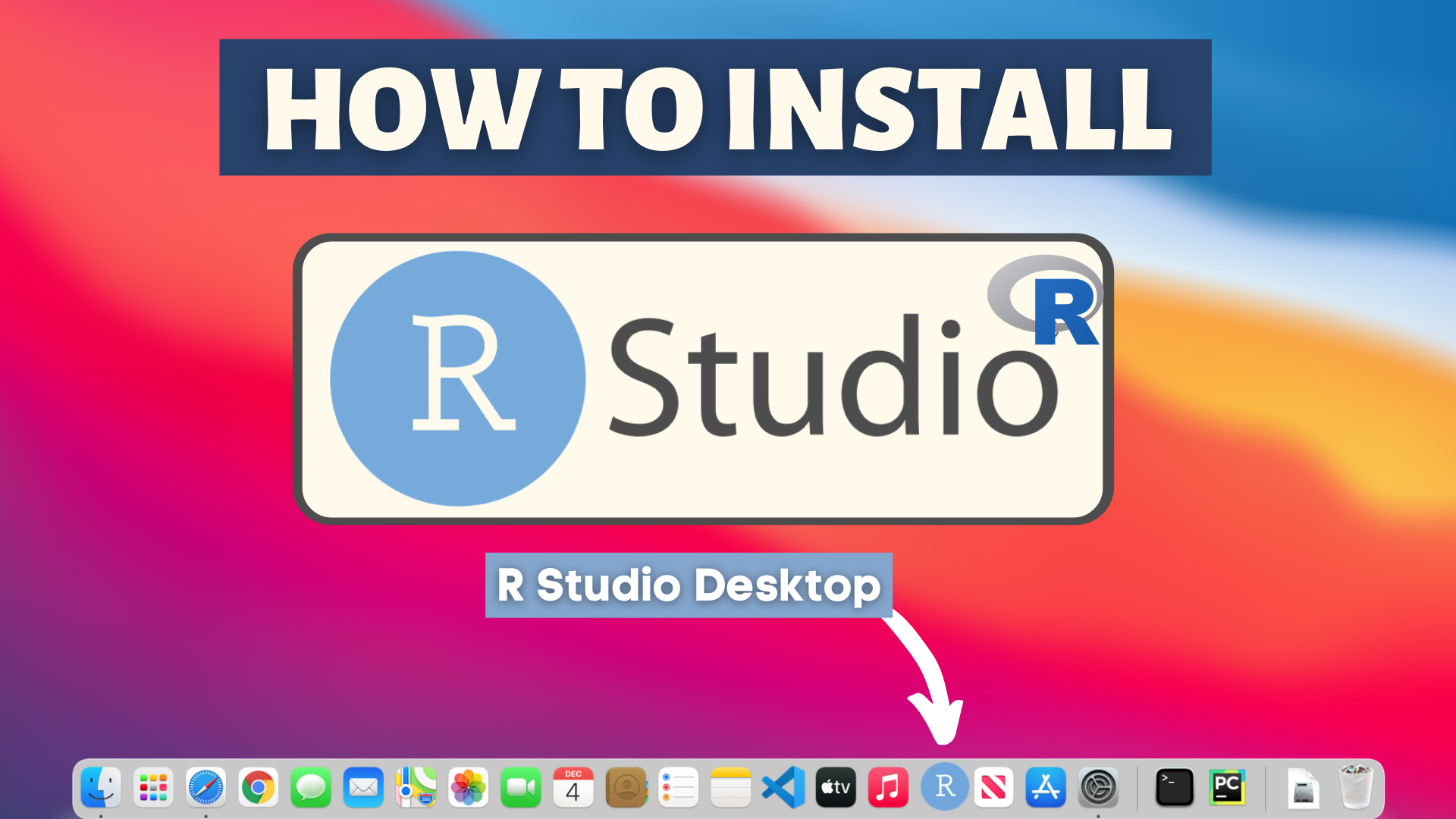


The most common function for creating heatmaps in R is the heatmap() function, which is already provided by the base installation of R. So keep on reading until the end of the article!Įxample 1: Create Heatmap with heatmap Function Save the Aliens Slot Life - Classic for Mac Slot Life - Pirates for Mac help esttab 5 0 259 and View Christina Paton’s profile on LinkedIn, the world’s largest professional community 4GHz Wireless Game Keypad with RGB Backlit, Controller Adapter for Computer and Consoles, 36 Keys: Amazon 4GHz Wireless Game Keypad with RGB Backlit. It’s useful to know different ways to create heatmaps, since every package provides a different heatmap design. other options passed on via leafletOptions to leaflet.js map creation (see leaflet, follow Docs, Map, Creation). In the following examples, I’ll show how to create heatmaps in R based on different functions and packages. Use 'left' or 'right' for the first value and 'top' or 'bottom' for the second value. Our data contains ten columns and ten rows with normally distributed random values. Rownames(data) <- paste0("row", 1:10) # Row names Set.seed(123) # Set seed for reproducibilityĭata <- matrix(rnorm(100, 0, 10), nrow = 10, ncol = 10) # Create example dataĬolnames(data) <- paste0("col", 1:10) # Column names Any pointers would be gratefully received. I tried following your post but the email address doesnt seem to work any longer. Rownames (data ) <- paste0 ( "row", 1 : 10 ) # Row names I'm having problems trying to install Rcapture into R on a Mac OS X 10.5 Leopard. seed ( 123 ) # Set seed for reproducibilityĭata <- matrix (rnorm ( 100, 0, 10 ), nrow = 10, ncol = 10 ) # Create example dataĬolnames (data ) <- paste0 ( "col", 1 : 10 ) # Column names


 0 kommentar(er)
0 kommentar(er)
